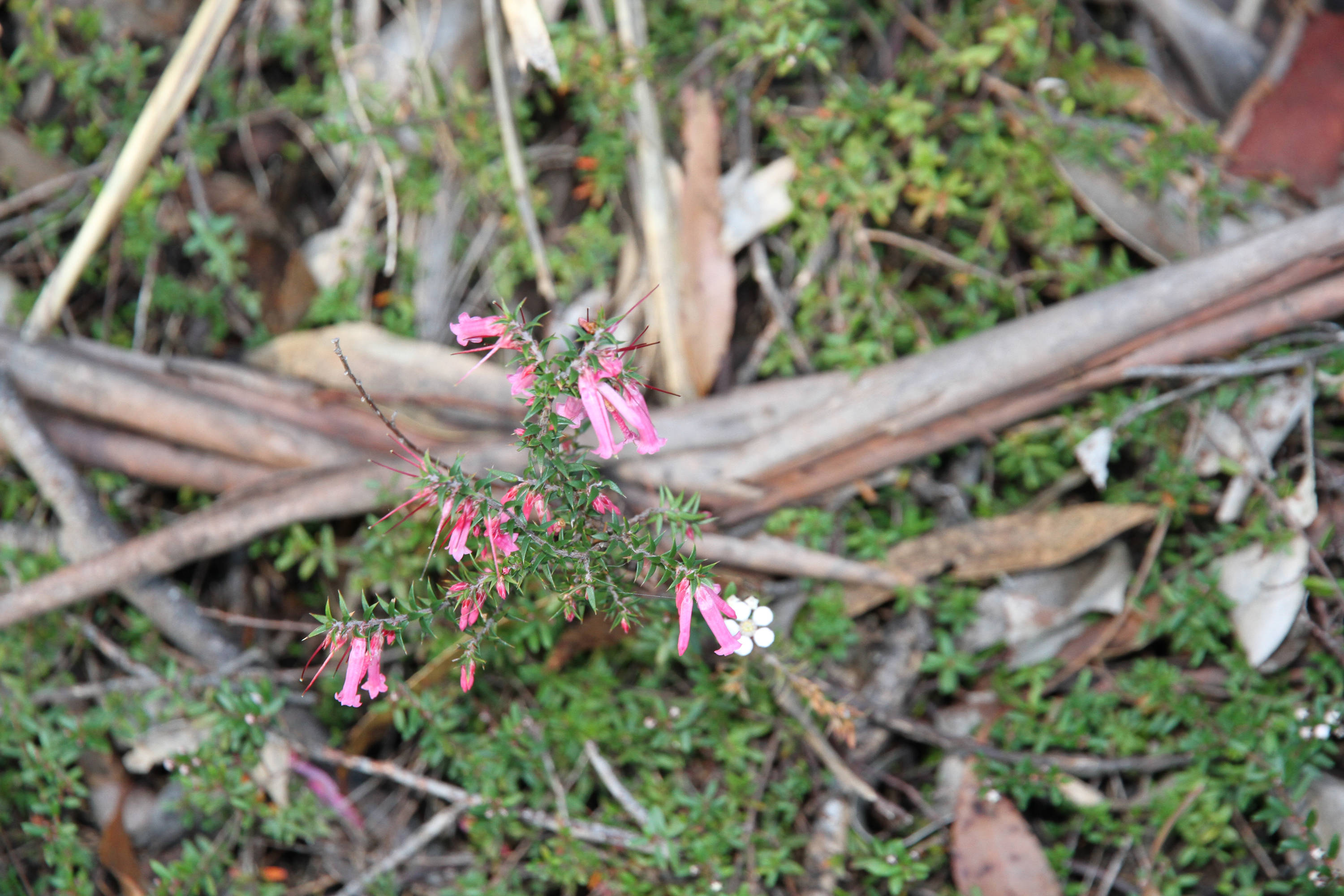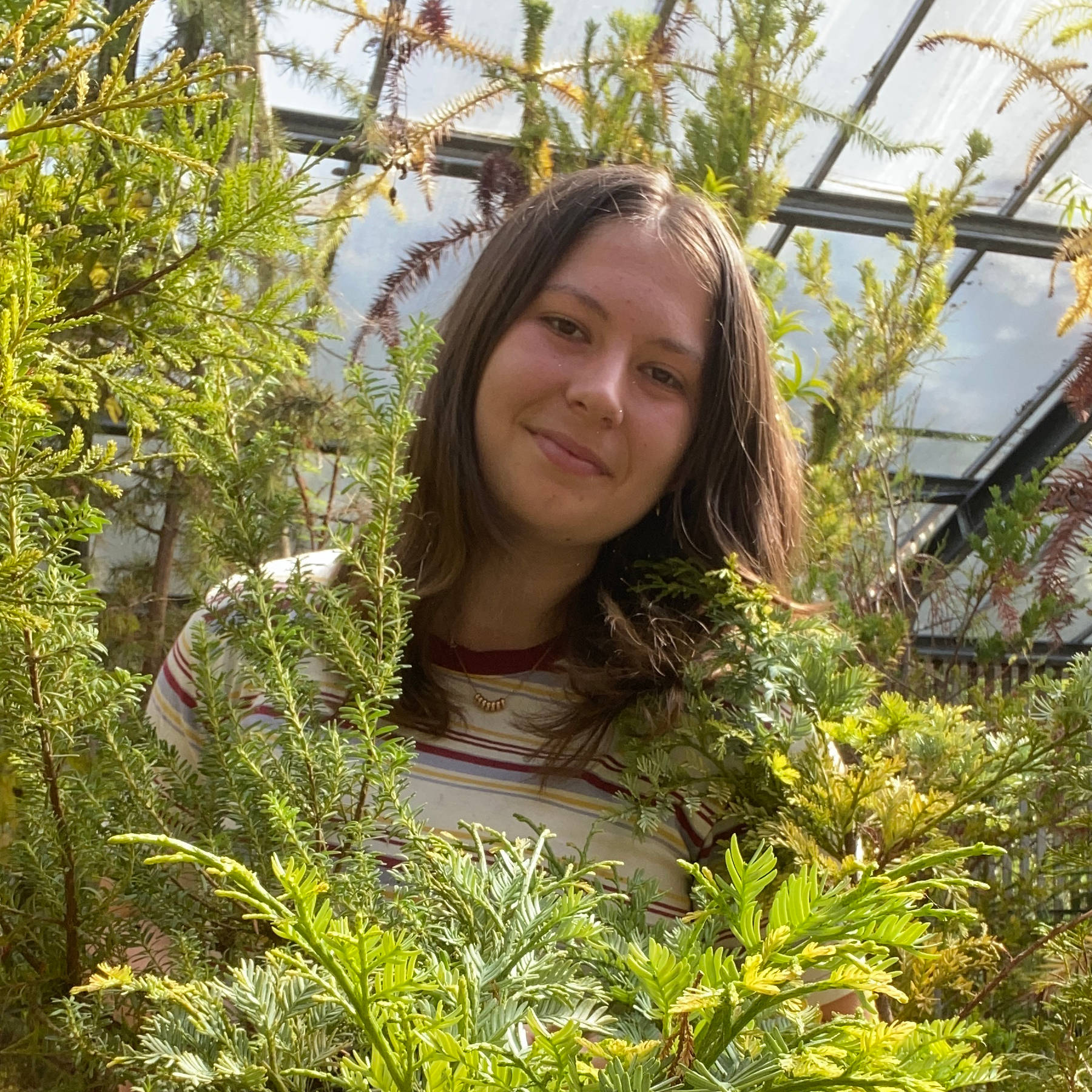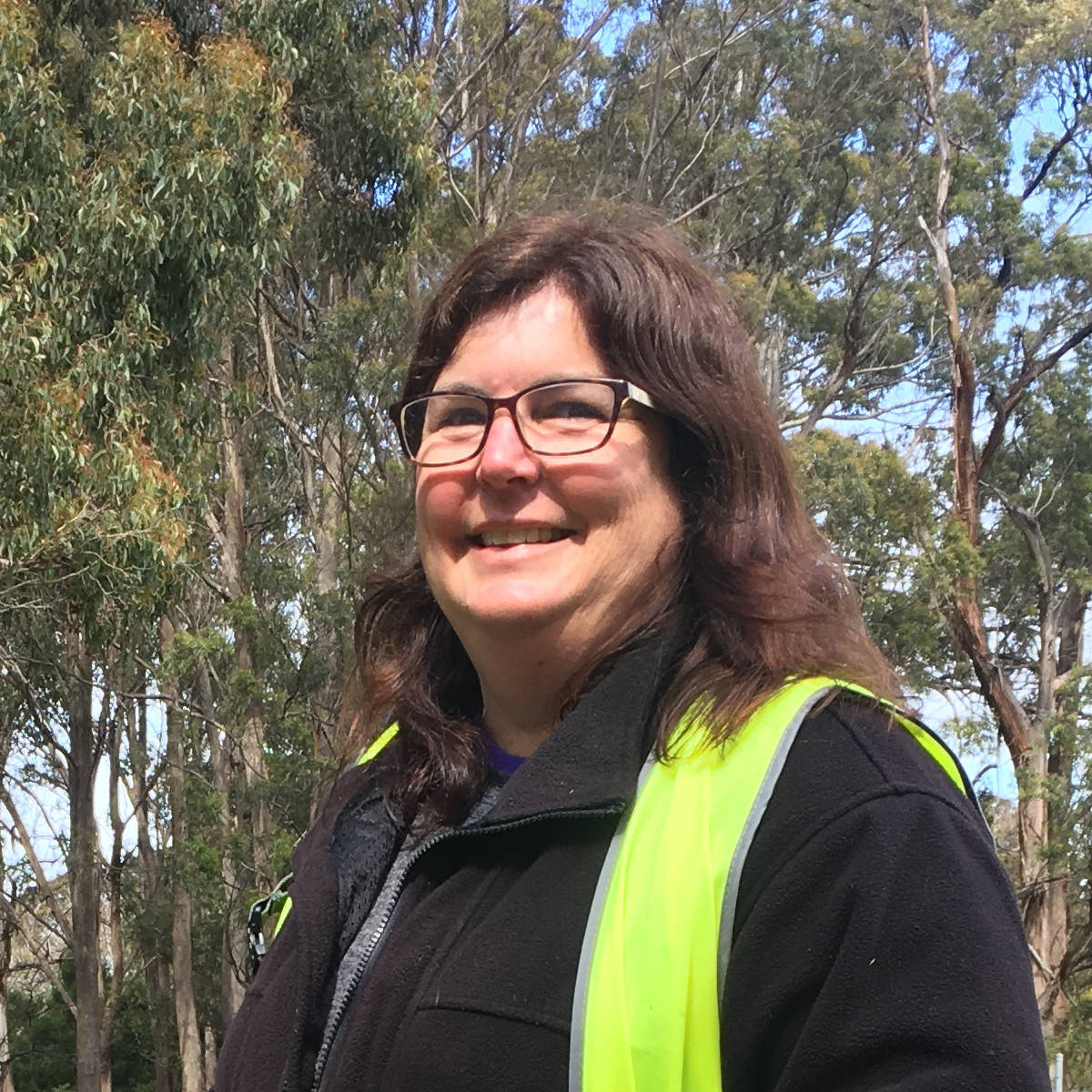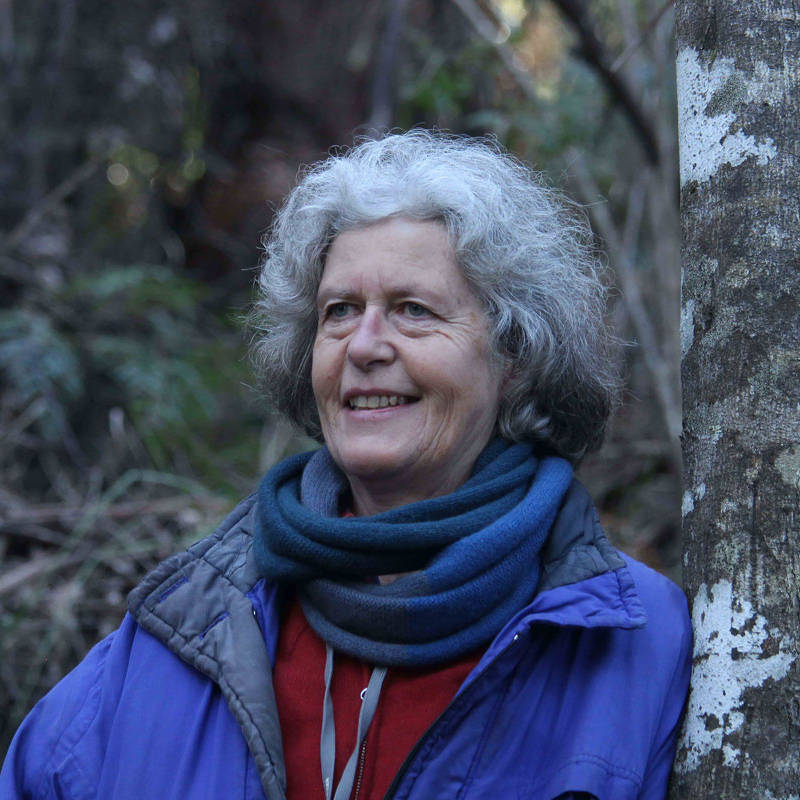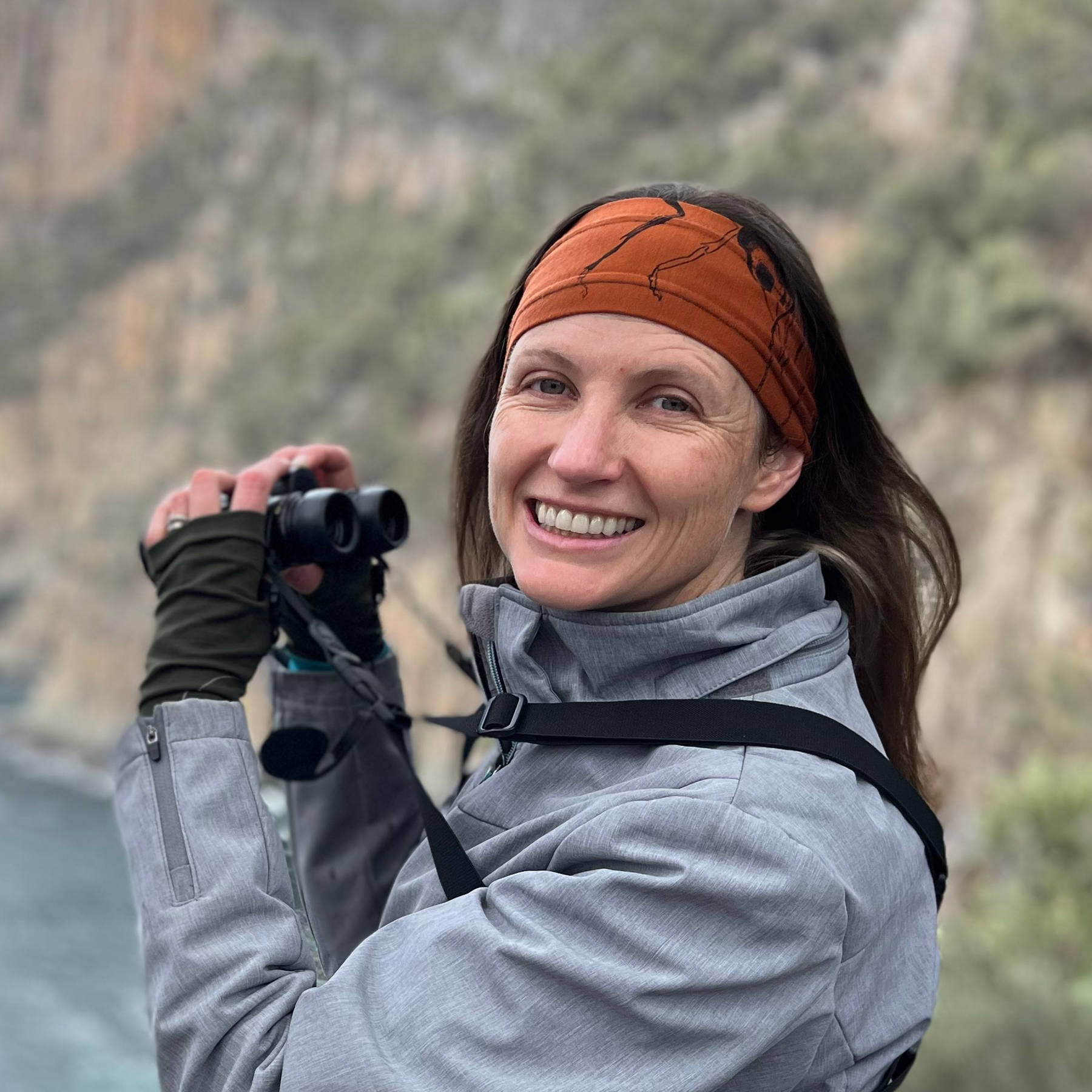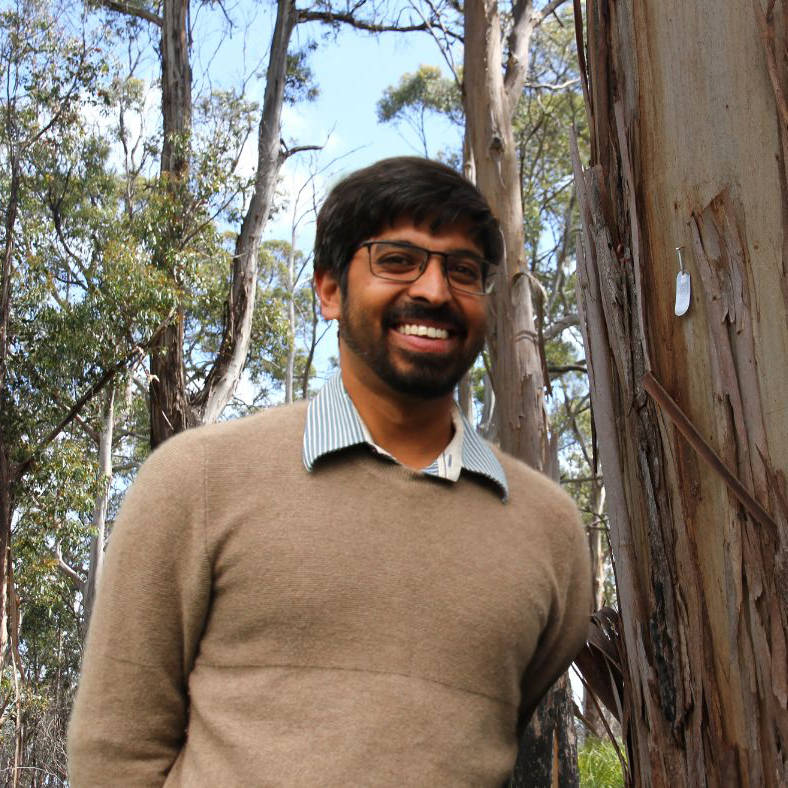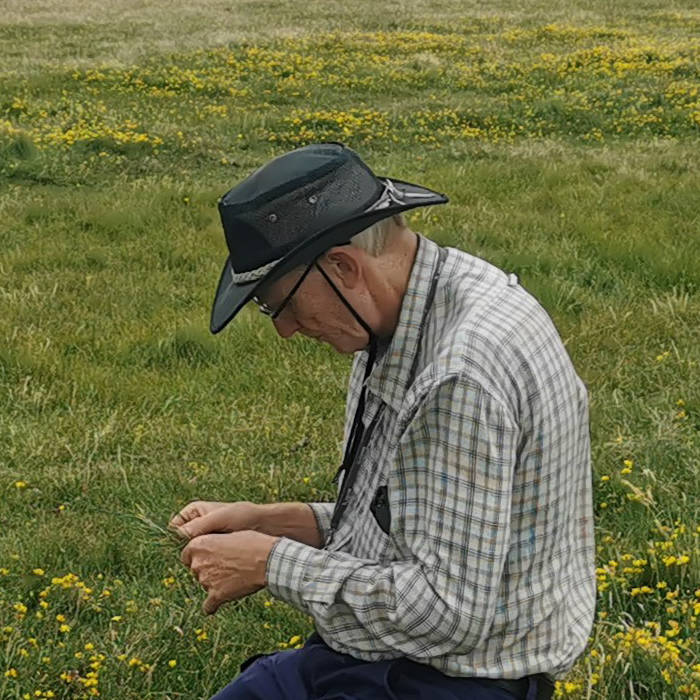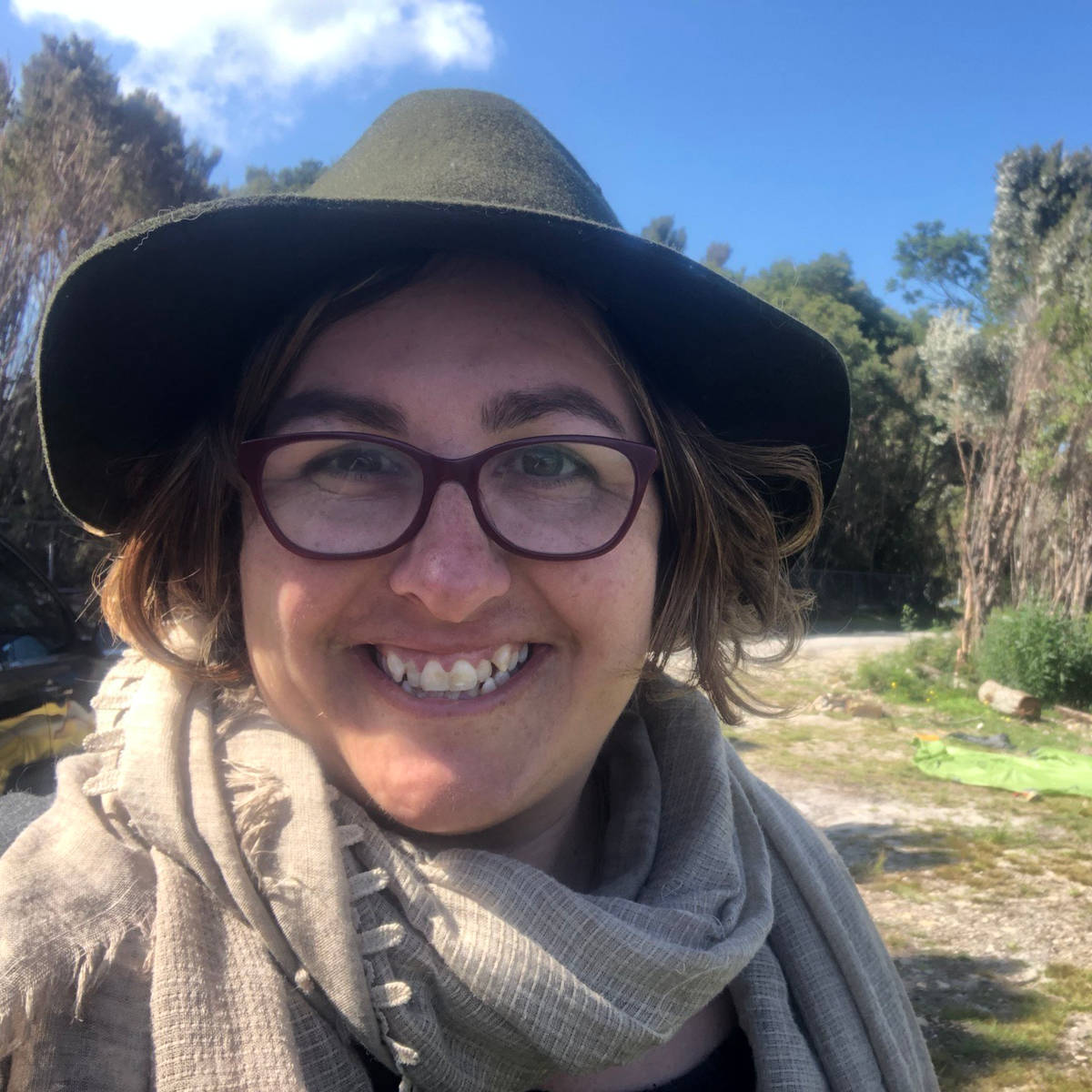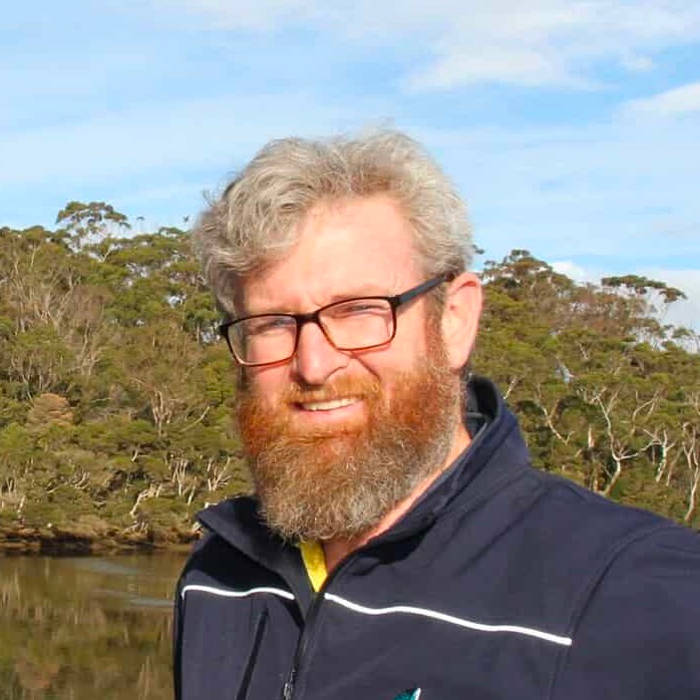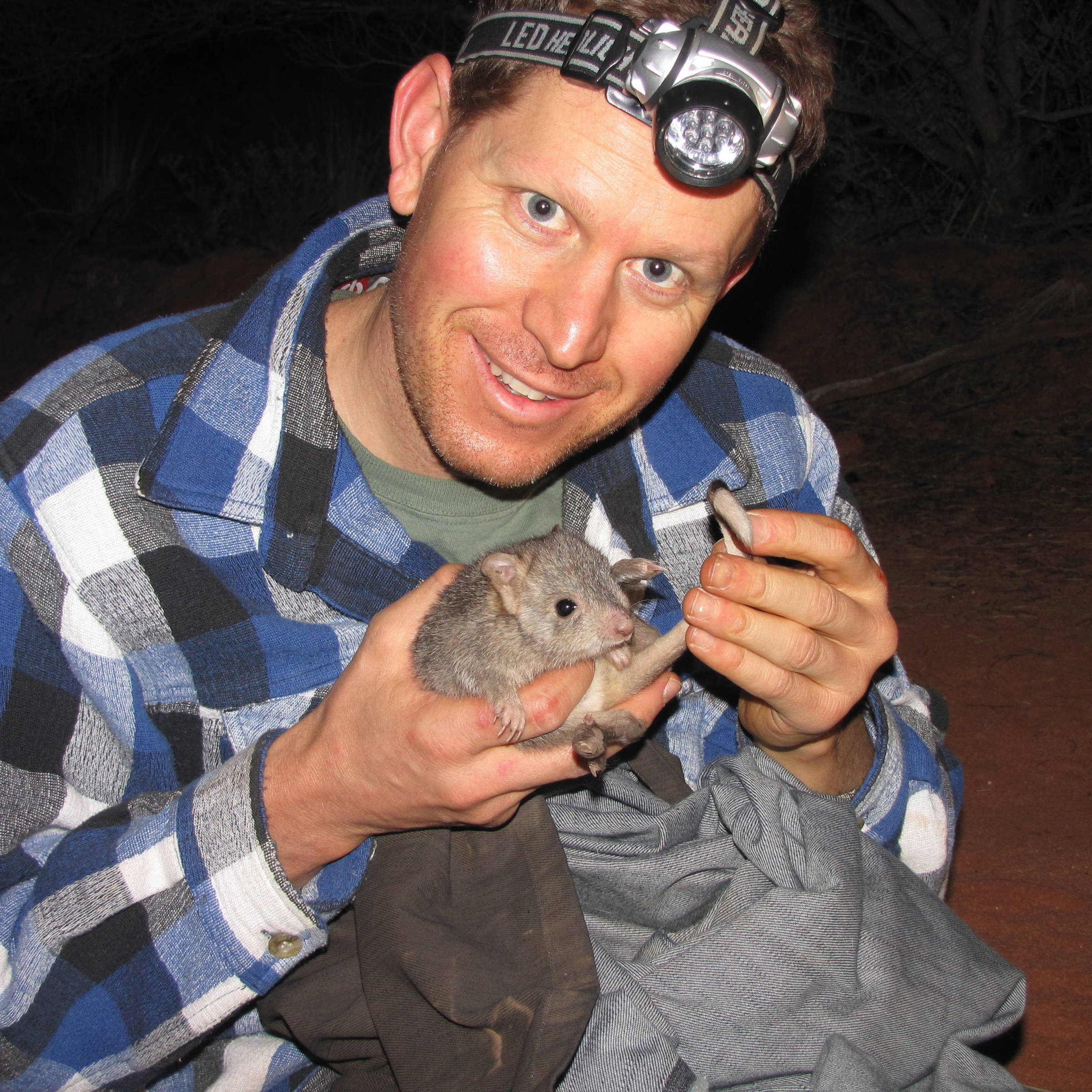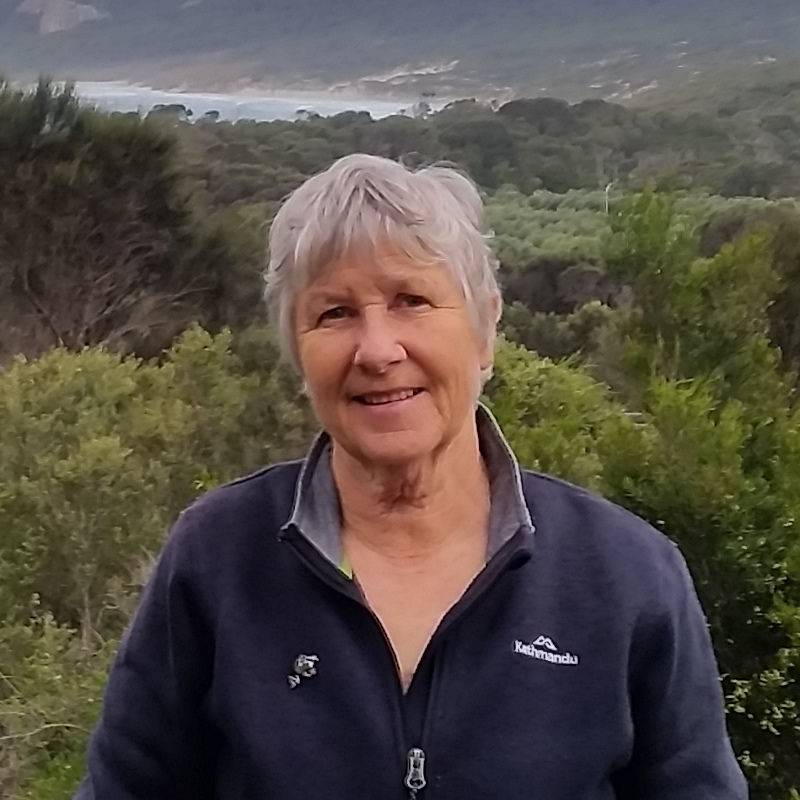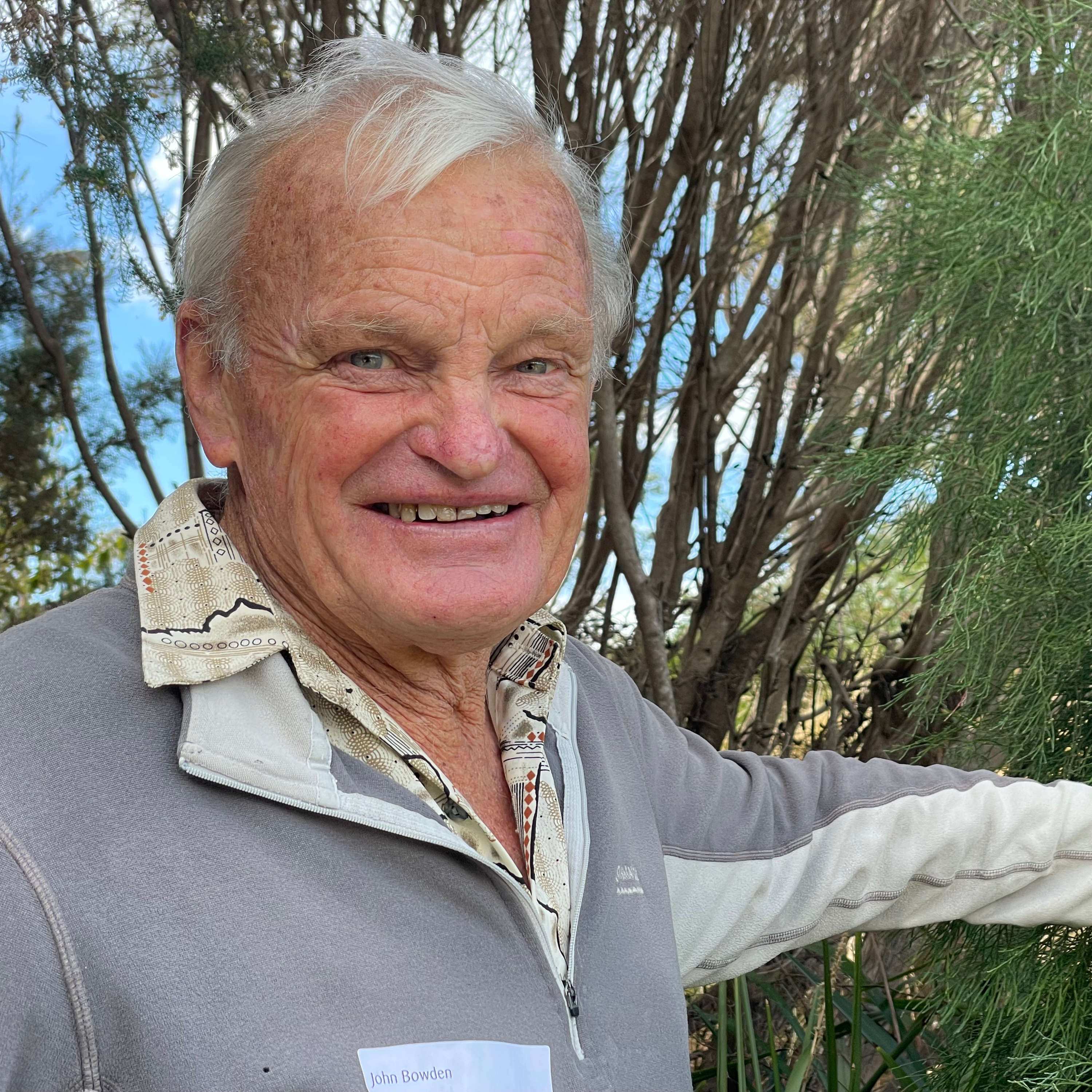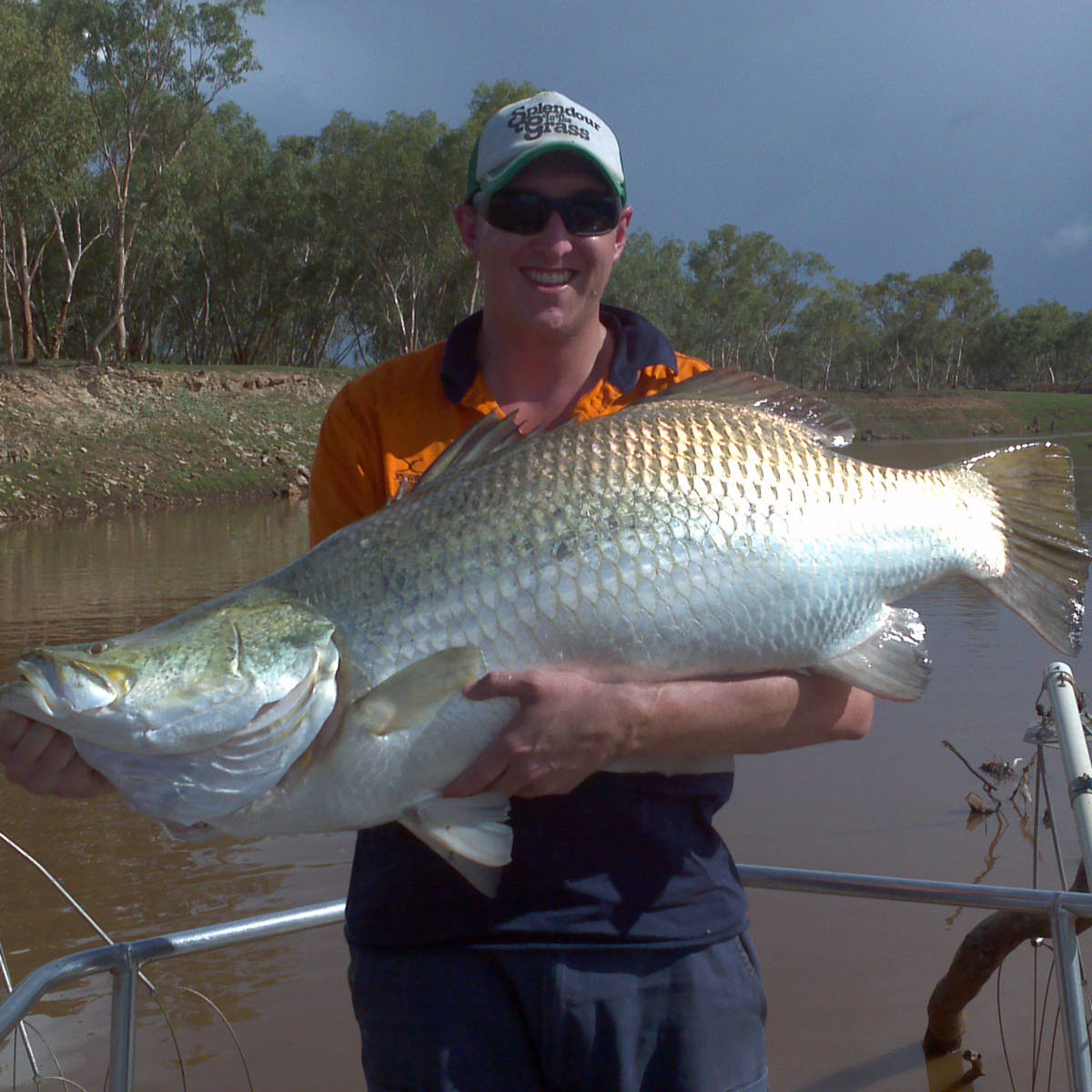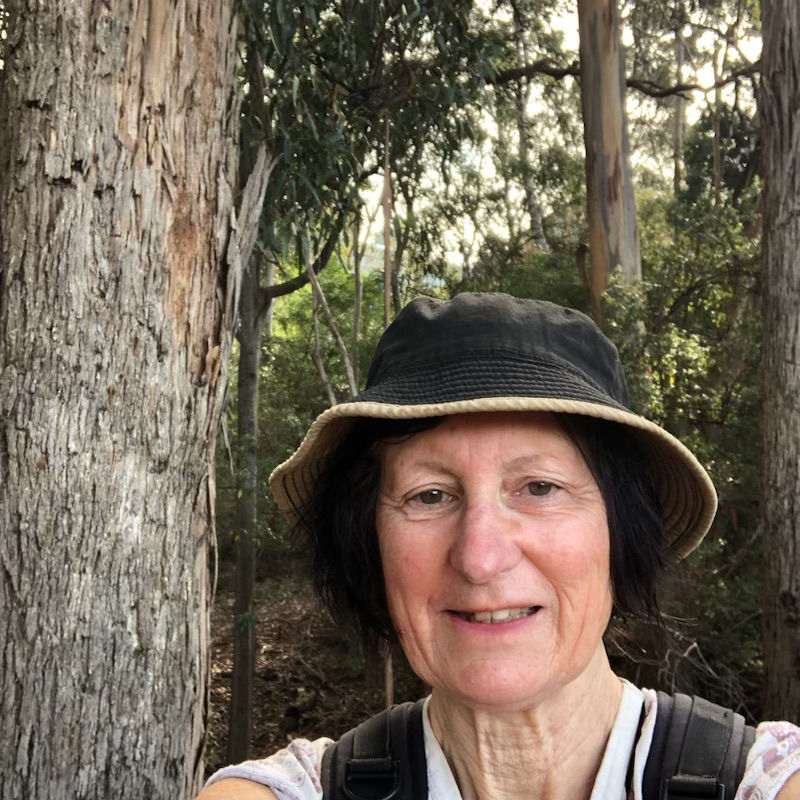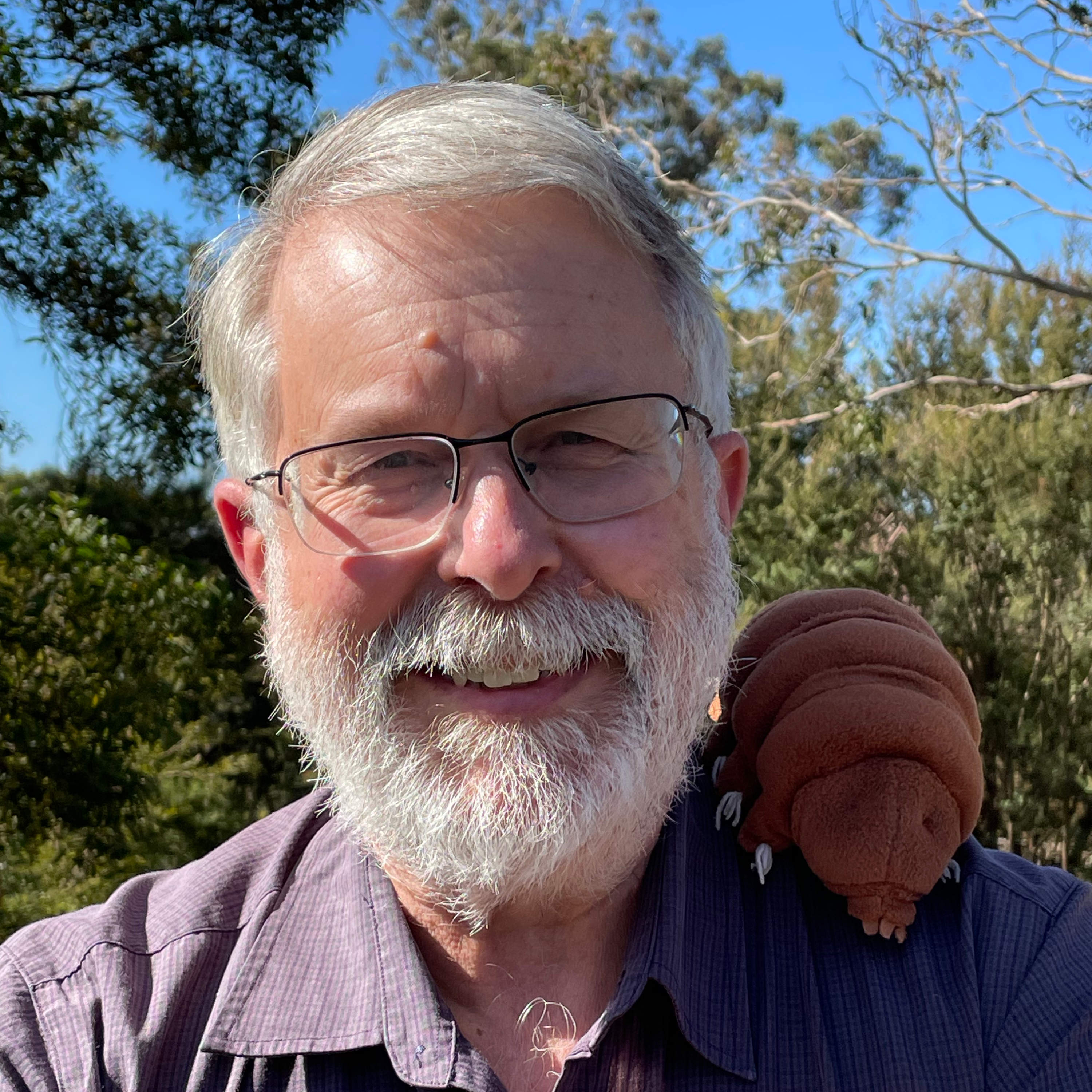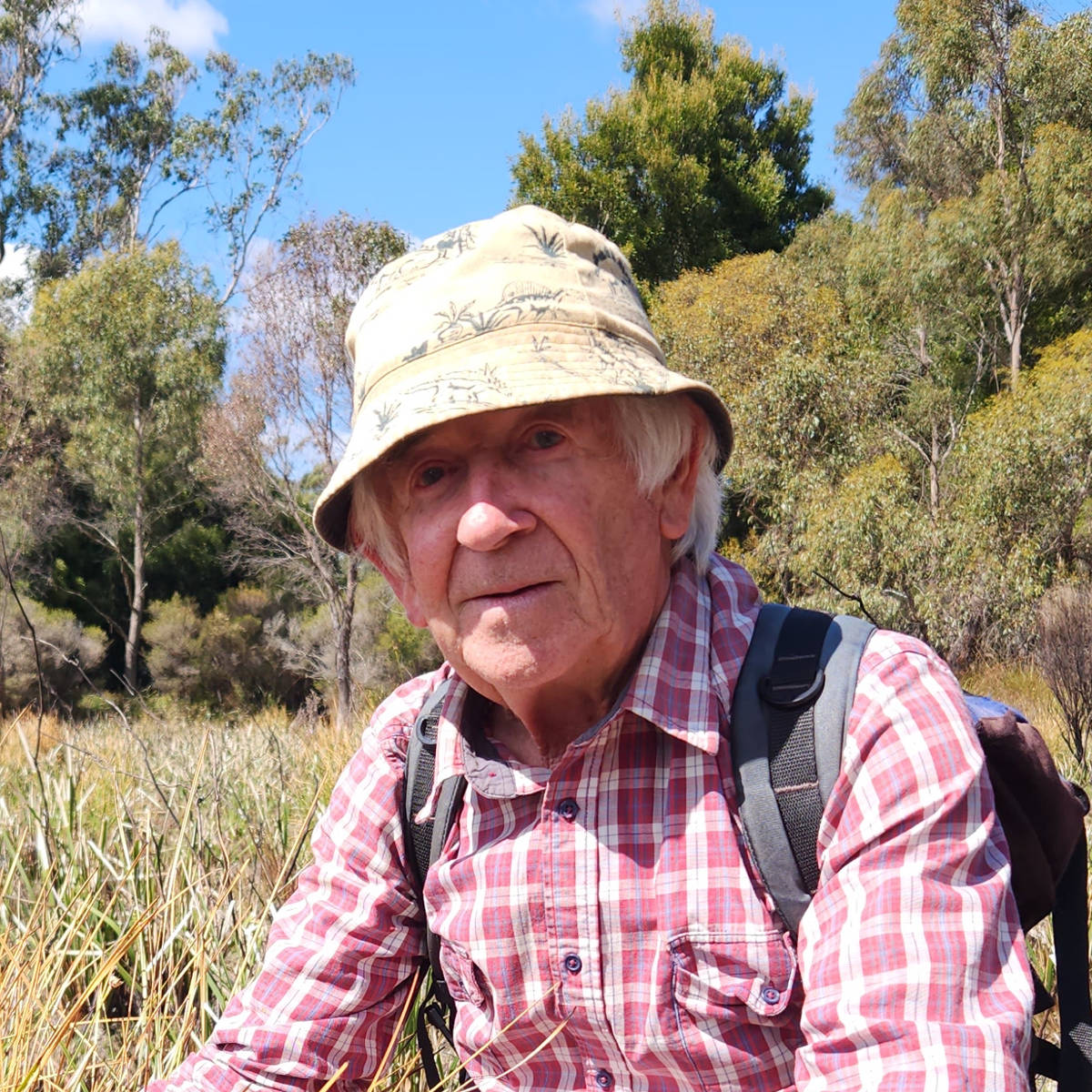
Philip Milner Botanist
Central North Field Naturalists
Surveys: native plants
At Kelcey Tier Greenbelt, there are several different forest types and other ecosystems for plants to live in — so we have the chance to find lots of species for the big BioBlitz list! Local botanist Phil Milner will take us through the reserve on A plant journey of discovery. We’ll discover a wide range of native plants, keeping an eye out for species that are listed as rare and threatened; then we’ll bring some samples back to our microscopes and identification keys at Basecamp. Phil will provide tips and techniques on how to look out for these plants in the wild and identify them, and we can discuss why they’re important.
